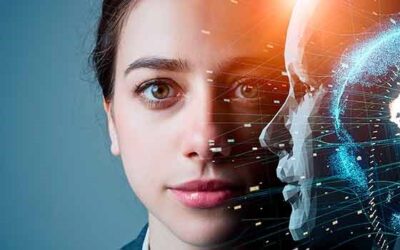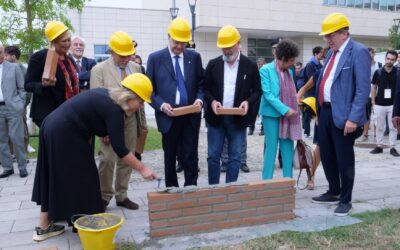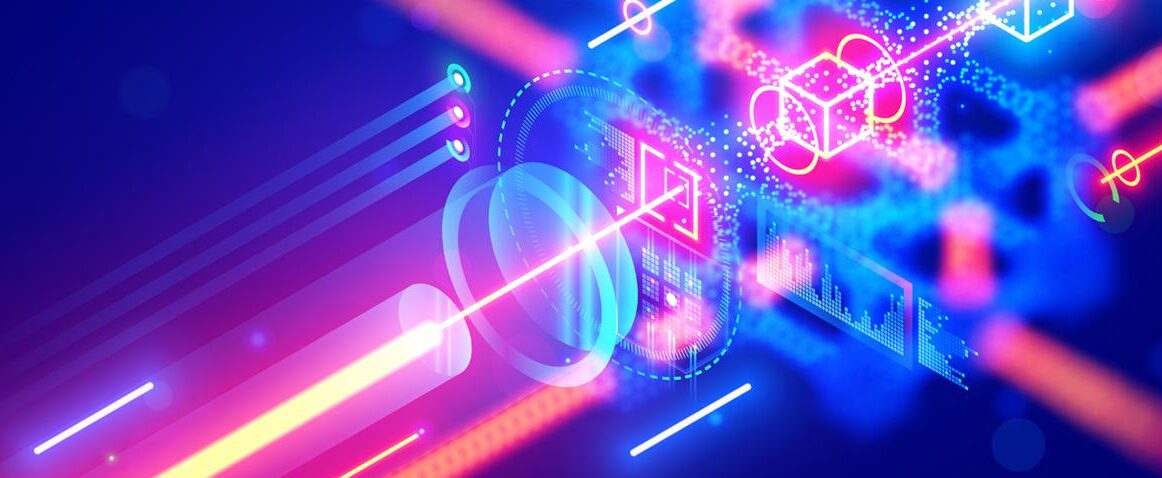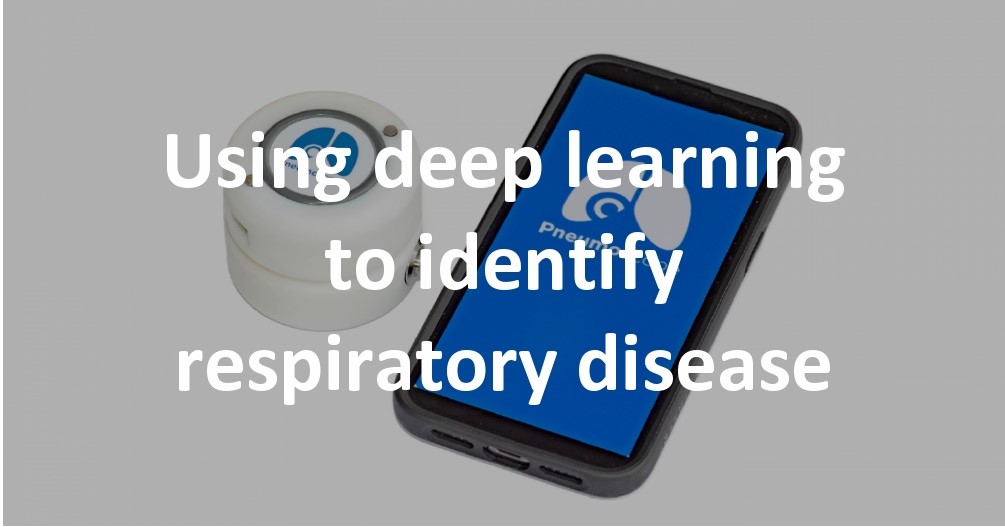Pisa, 13 febbraio 2024. Tramite gli assistenti digitali personalizzati basati sull’Intelligenza Artificiale, gli utenti interagiscono con i motori di ricerca utilizzando sempre più spesso query di ricerca conversazionali, anziché digitare le domande sulla tastiera....
A Modena, “Italian Visual and Language models”
Il Centro Interdipartimentale AI Research and Innovation (AIRI) e il Laboratorio AImagelab del Dipartimento di Ingegneria “Enzo Ferrari” dell’Università di Modena e Reggio Emilia organizzano a Modena il 5 Febbraio 2024 il Workshop “Italian Visual and Language models:...
Robot, droni o veicoli autonomi: la rete 5G non è (più) solo per gli smartphone e diventa “intelligente”
Milano, 11 dicembre 2023. Dalla rete dei telefoni alla rete dei robot: ecco la sfida che sta affrontando l’Università degli Studi di Milano per trasformare l’attuale rete mobile 5G in una rete che si auto-gestisce posizionando dinamicamente i servizi in modo da...
Avviati due importanti progetti di ricerca coordinati dal Centro CRIS di Unimore
Modena, 1 dicembre 2023. Hanno preso il via nei giorni scorsi due importanti progetti di ricerca, entrambi coordinati dal CRIS - Centro di Ricerca Interdipartimentale sulla Sicurezza e la prevenzione dei rischi di Unimore e cofinanziati dalla Regione Emilia: i...
A Unimore, “Discriminazioni di genere nello spazio digitale e forme di sessismo nel mondo della pubblicità”
In occasione della “Giornata internazionale per l’eliminazione della violenza contro le donne” del 25 novembre 2023, nell’ambito del Progetto “GE&PA - Gender Equality & Public Administration. Percorsi di formazione per l’eguaglianza di genere nella Pubblica...
Per la prima volta un computer quantistico supera un computer tradizionale su un problema reale come quello della ricerca di attacchi informatici nel traffico internet. Lo studio, coordinato dall’Università Statale di Milano, in collaborazione con il Politecnico di...
Posa della prima pietra per il Center for Artificial Intelligence and Vision di UNIMORE
Modena, 20 settembre 2023. Al via il progetto per la realizzazione del Center for Artificial Intelligence and Vision. La cerimonia di posa della prima pietra si è tenuta stamattina nel terreno dove sarà edificato il centro, che avrà la sua sede all'interno del...
A new dataset can help scientists develop automatic systems that generate richer, more descriptive captions for online charts. Chart captions that explain complex trends and patterns are important for improving a reader’s ability to comprehend and retain the data...
AL VIA QUID, LA RETE DI COMUNICAZIONE QUANTISTICA ITALIANA
Milano, 22 giugno 2023. Il progetto QUID (Quantum Italy Deployment) è la realizzazione italiana della European Quantum Communication Infrastructure (EuroQCI), promossa dalla Commissione Europea con l’obiettivo di creare un’infrastruttura europea per la comunicazione...
A UNIMORE, “Giornata Internazionale delle Donne nell’Ingegneria 2023”
In occasione della Giornata Internazionale delle Donne nell'Ingegneria 2023, il Dipartimento di Scienze e Metodi dell’Ingegneria di Unimore, con sede a Reggio Emilia, celebra il valore delle scienziate che promuovono l’innovazione nell’ingegneria, con un’iniziativa...
IL PHD DAY ALL’UNIVERSITà di Urbino
Venerdì 30 giugno, a partire dalle ore 9 nell’Aula Magna di Palazzo Battiferri, in Via Saffi 42 Urbino, sarà il giorno del PhD Day, l’evento dedicato alla presentazione dei progetti di ricerca e di dottorato dell’Ateneo. In apertura i saluti del Magnifico Rettore...
A new AI algorithm developed at EPFL and University Hospital Geneva (HUG) will power an intelligent stethoscope - Pneumoscope - with the potential to improve the management of respiratory disease in low-resource and remote settings. As air passes through the labyrinth...
23 Luglio 2025
Siglato accordo Erasmus+ tra Unimore e Università di Siviglia
Modena, 11 luglio 2025. L'Università di Modena e Reggio Emilia e l'Università di Siviglia sviluppano ulteriormente la loro stretta collaborazione accademica, cementata da un accordo di collaborazione ormai consolidato, con la sottoscrizione di un accordo Erasmus+ tra...
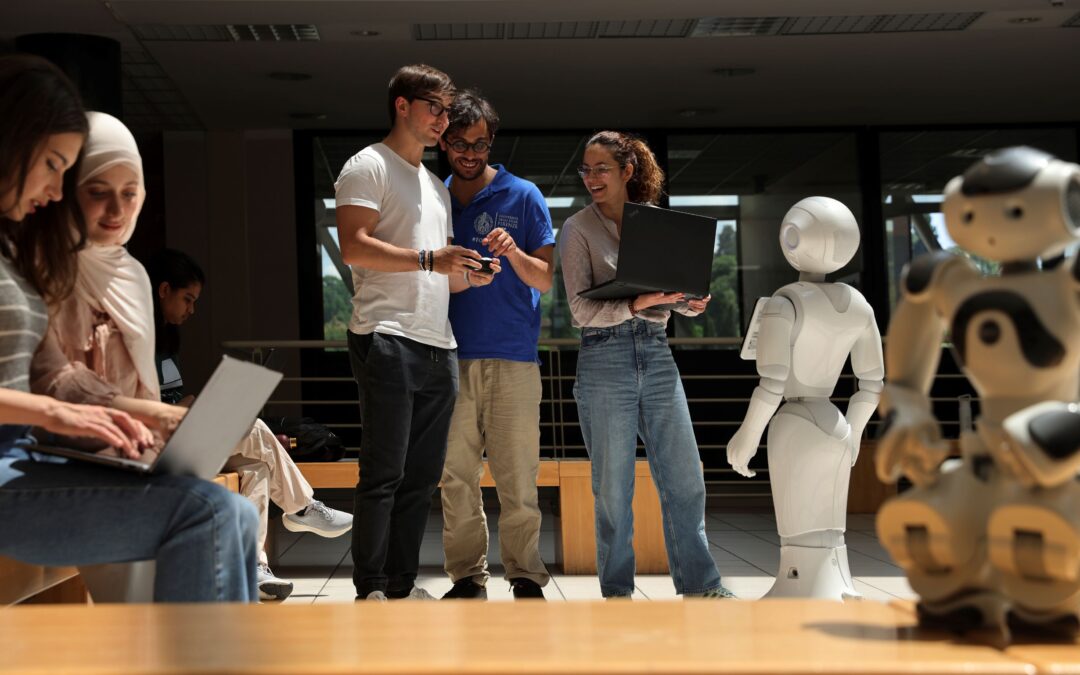
All’Expo di Osaka il progetto coordinato dall’Università di Firenze su medicina di precisione, robotica e benessere sociale
La ricerca made in Tuscany protagonista in Giappone con un progetto che unisce tecnologia d’avanguardia, salute e arte, nel segno dell’eccellenza scientifica. Il 17 e il 18 luglio 2025 all’Expo di Osaka andrà in scena "T-POWER: Life Sciences Made in Tuscany....
All’Aquila la Sesta tappa del Roadshow PNRR: “Tecnologie spaziali per applicazioni innovative”
Il prossimo 15 luglio 2025, alle ore 10:30, presso Centro Congressi LUIGI ZORDAN dell'Università degli studi dell’Aquila, nell’ambito dell’iniziativa “PNRR & Territori”, a cura dell'Unità di missione per l’attuazione degli interventi del Piano Nazionale di Ripresa...

Sarà Giovanna Laura De Fazio la nuova Direttrice del Dipartimento di Giurisprudenza Unimore
Il Consiglio del Dipartimento di Giurisprudenza di Unimore, nella seduta di oggi, 10 luglio 2025, ha eletto la Prof.ssa Giovanna Laura De Fazio come nuova Direttrice del Dipartimento per il triennio accademico 2025/2028. L'ordinaria di Criminologia, che succederà al...
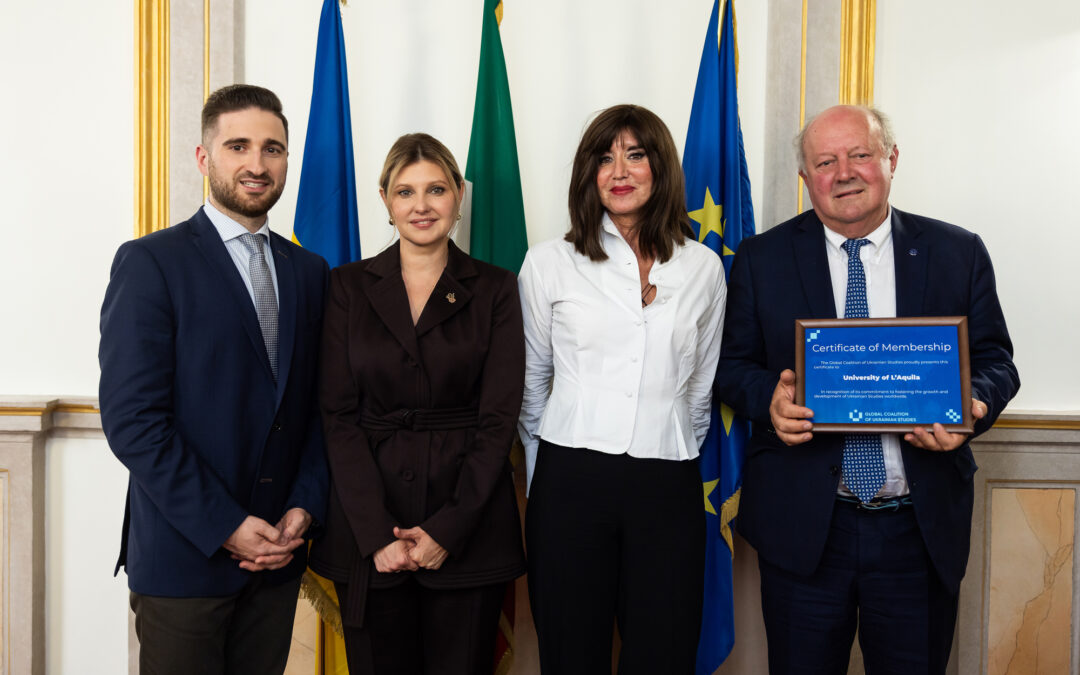
L’Università degli Studi dell’Aquila entra ufficialmente nella Global Coalition for Ukrainian Studies
L'Aquila, 10 luglio 2025. Continua il sostegno dell’Ateneo per la rinascita del sistema universitario e accademico ucraino. Ieri a Roma, nella storica sede dell’Istituto Nazionale di Fisica Nucleare, è stato siglato un Protocollo di Cooperazione tra l’Università degli...
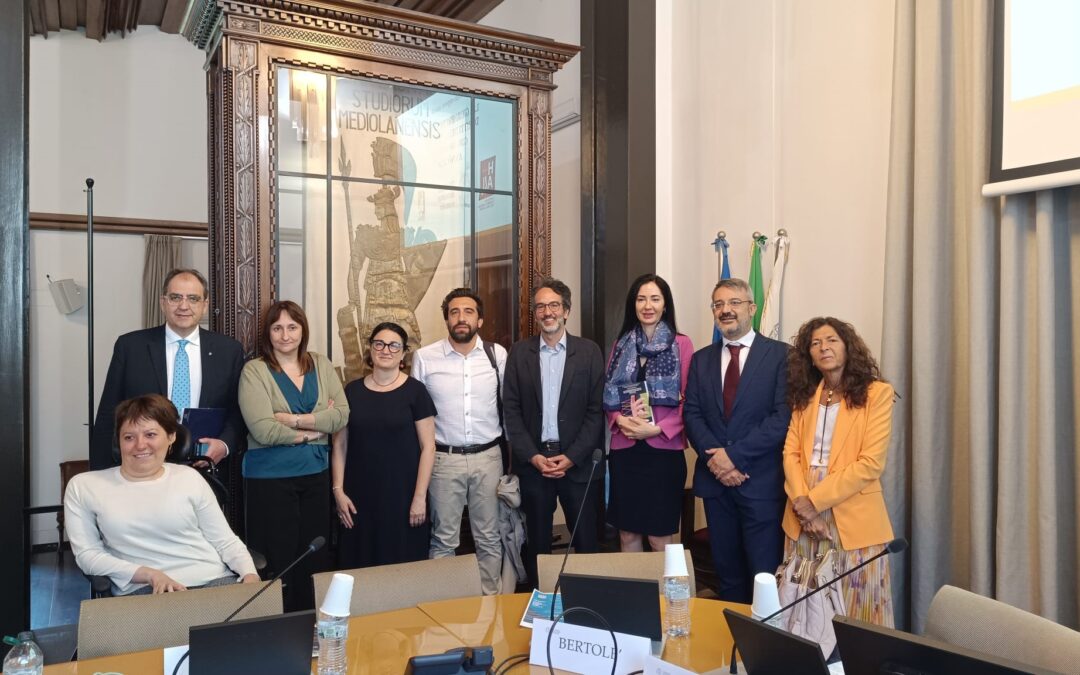
DIRITTI AD OSTACOLI. Pubblicato il secondo Rapporto annuale dell’Osservatorio giuridico permanente della Statale di Milano
Milano, 9 luglio 2025. Sono state individuate, selezionate e studiate oltre 1.100 sentenze italiane e delle principali corti internazionali in ambito civile, penale e amministrativo (il dato si fermava a 800 nel 2023), che, nel corso del 2024, hanno affrontato il tema...
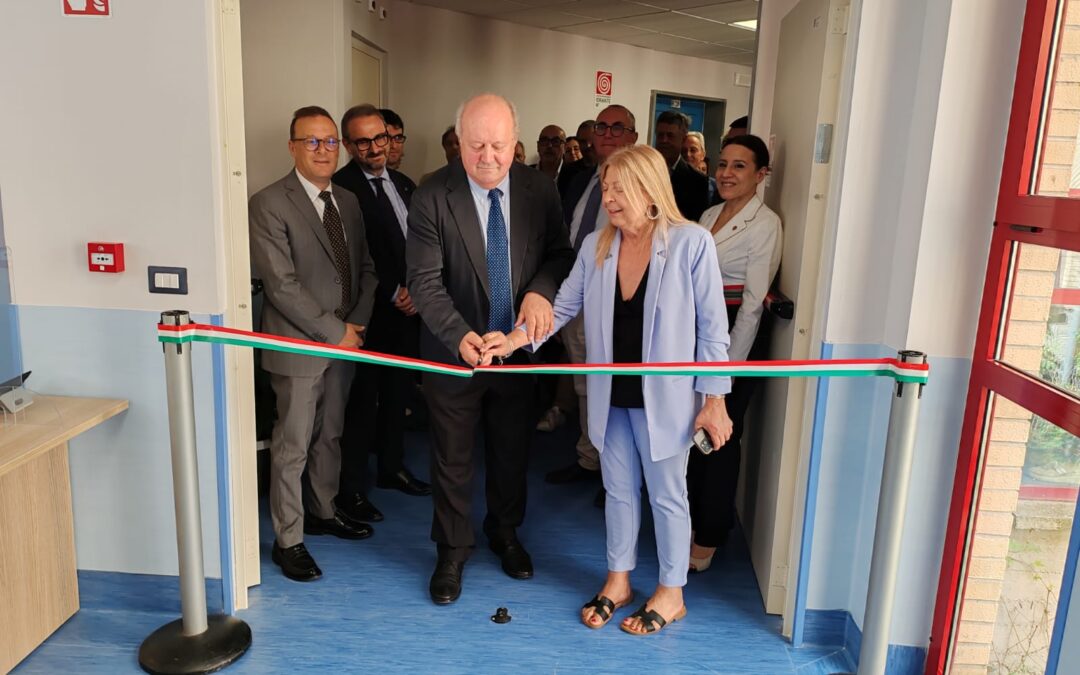
Inaugurati i nuovi locali della Clinica odontoiatrica dell’Università degli Studi dell’Aquila
L’Aquila, 8 luglio 2025. Riapre, dopo un intervento di ristrutturazione, la Clinica odontoiatrica dell’Università degli Studi dell’Aquila, che ha sede al primo piano dell’edificio Rita Levi Montalcini (Delta 6) dell’Ospedale San Salvatore dell’Aquila. La Cerimonia di...



